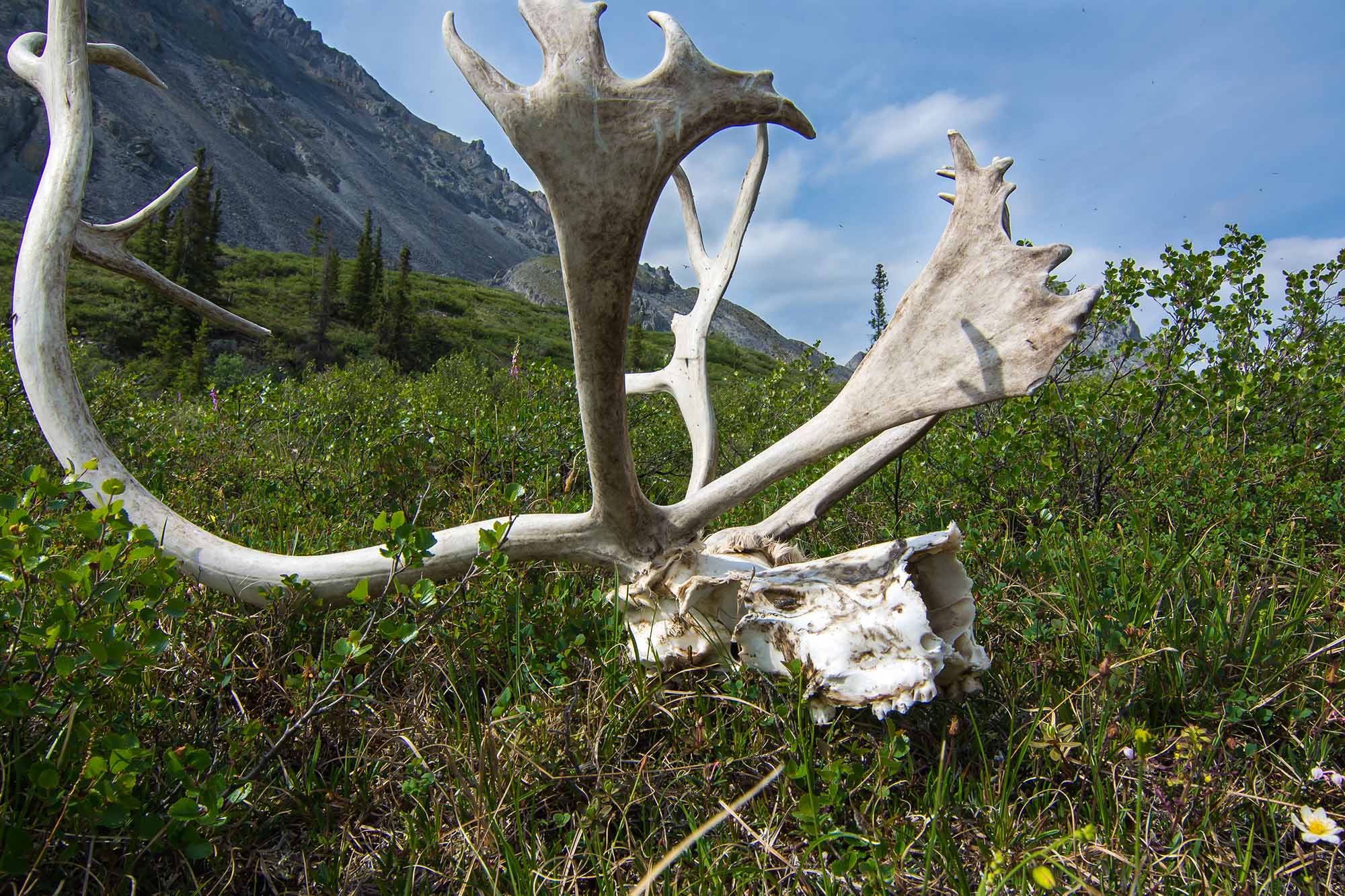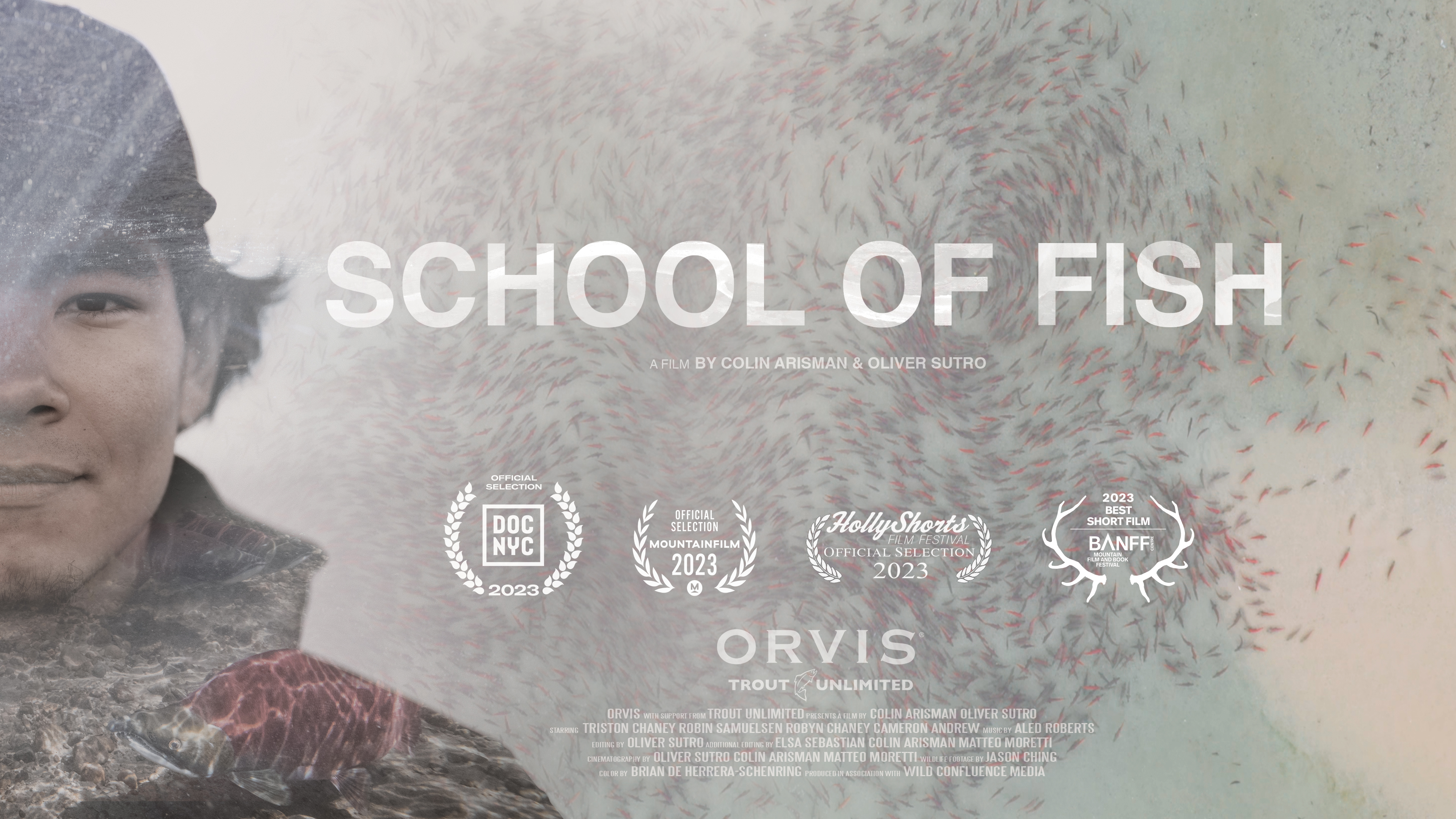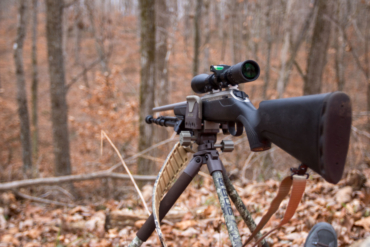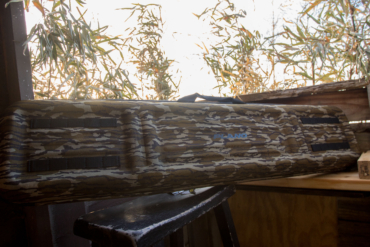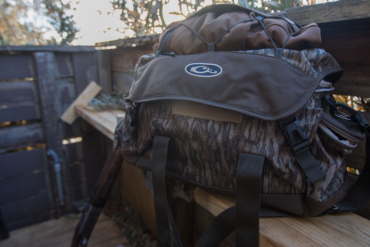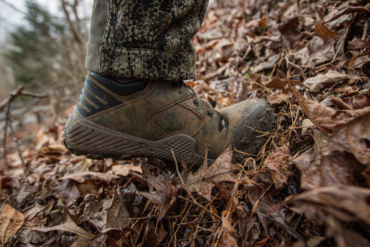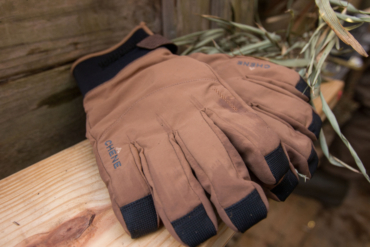Nearly everyone agrees that Alaska’s declining caribou population is a serious problem — but there’s plenty of disagreement on how to solve it.
This month, Alaska Department of Fish and Game officials announced the results of a program meant to increase the number of calves who survive summer months filled with hungry predators. They killed 81 brown bears and 14 wolves in a predator control effort that ended on June 5, according to a news release.
It’s the second year of the program, which involves hunting and killing large predators, usually from helicopters. It kicked off in 2023 with the culling of 94 brown bears, five black bears, and five wolves. (The state has used helicopter hunting to control wolf populations since 2012.) Alaskan officials said they’ve already seen an uptick in calf survival rates since last year, suggesting the program is working.
“Based on last fall, I anticipate we’re going to see another pretty strong showing of calves pretty quickly,” Ryan Scott, director of the Division of Wildlife Conservation, told the Anchorage Daily News.
But the rapid decline of caribou is most often attributed to a fragile habitat disturbed by climate change. Wildlife advocates question both the efficacy of the program and the motives of state officials.
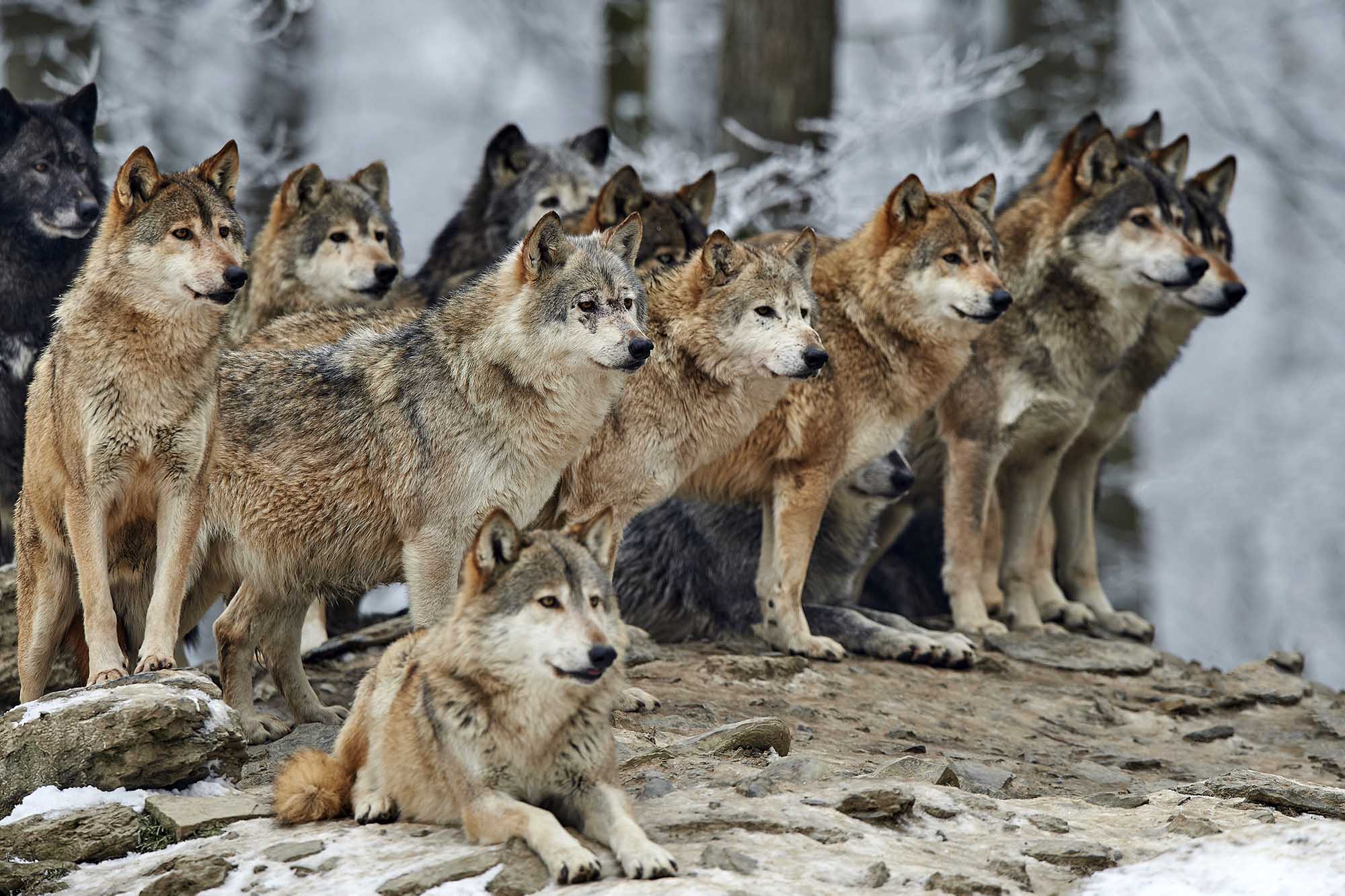
Wildlife Advocates Cry Foul
For thousands of years, the enormous herds of caribou that roam the North American tundra have been a vital source of sustenance for both human and animal predators. But they’re diminishing quickly.
The Mulchatna caribou herd, located mostly in southwestern Alaska, reached a peak of 200,000 animals in the mid-1990s. It has since suffered catastrophic decline, dropping to a population of just 13,000 by 2019. That 94% population loss led state officials to prohibit hunting of the caribou herd since 2021.
But hunting predators to preserve caribou is a “scapegoat scheme,” the Humane Society of the United States said this week. The real culprit of the animals’ decline is climate change, and “no amount of predator control will restore the herd’s size to its one-time, record level,” the organization said.
“The result has been an unconscionable toll on native carnivore populations for no justifiable reason whatsoever,” wrote Kitty Block, president and CEO of the Humane Society.
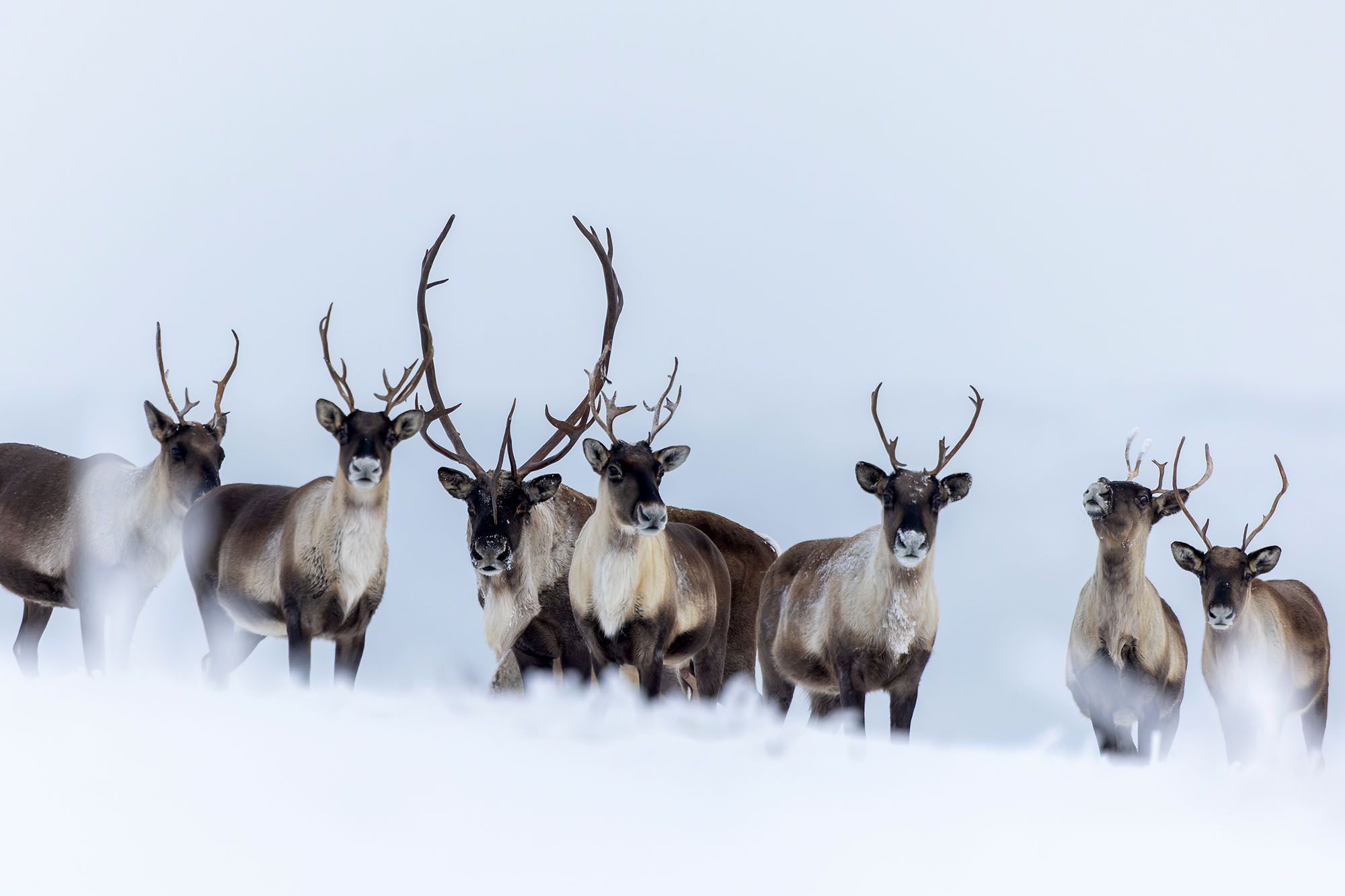
After the first predator culling last year, 34 retired Alaska wildlife scientists and managers penned a letter opposing the state’s plan. Past research from the state’s wildlife officials found that disease and insufficient nutrition were more important factors in the herd’s health.
The letter, published in Anchorage Daily News, also pointed out that illegal harvesting has continued to impact the caribou population despite the state’s hunting ban. The plan also lacks data on predator density or explicit criteria for evaluating the program’s success.
“There is weak scientific support for the Mulchatna control action,” the group wrote. “We believe Alaska can do better.”
Looking For A Solution
Climate change is indeed likely affecting caribou populations, according to Alaska wildlife officials. But there’s “very little we can do to impact that in a positive way,” Scott told the Anchorage Daily News.
“But we know that bears and wolves eat the calves and it’s the one lever that we can pull to try to make a positive impact,” he said.
According to officials, the effort was precipitated by public requests for the state to intervene. At least 48 communities live within the herd’s traditional range and rely on it as a food source.
“I think the majority of Alaskans are in favor of this program,” Tim Peltier, regional supervisor for ADFG, told GearJunkie this week. “Many local people rely on these caribou, and they’ve reached out repeatedly about how important this is to them.”
As for the bear and wolf populations, Alaska officials say they’re healthy enough to withstand the hunting program. Officials collect the hides and skulls from the harvested predators, and give the black bear meat to local communities, Peltier said. (There’s no demand for brown bear meat.)
After this year’s culling of predators, officials will use radio collars to monitor calves during their first year of life. They said 2023 numbers showed the program was working: Nearly twice as many calves survived last summer than the 10-year average. So, the predator control program will continue with more hunting next year. Once officials have 3 years of data, they’ll decide whether to extend the program.
“It’s too early to say what will happen,” Peltier said. “We want to see increased cow-to-calf ratios and a population that’s increasing.”
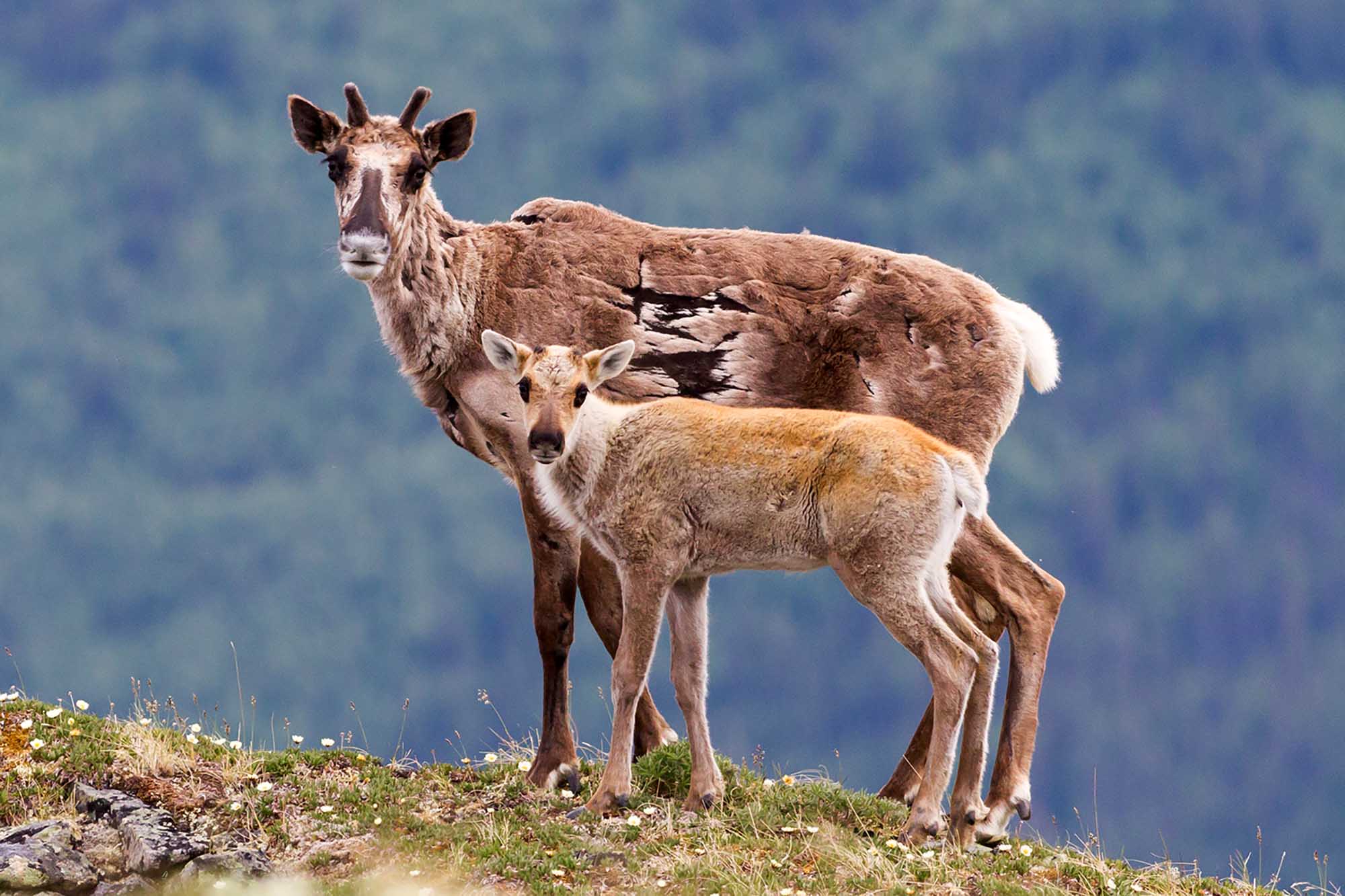
But controlled hunting may not be enough.
In recent years, caribou herds have declined rapidly across North America. And the most important factor for their possible comeback is perhaps the rarest commodity of all: space. To recover, the herds will need access to their full habitat, several biologists said at a March meeting in Anchorage. But the caribou’s traditional range is threatened by development, the Alaska Beacon reported.
From the Ambler Road project in the Brooks Range to oil drilling in the Arctic National Wildlife Refuge, Alaska’s political leaders want more development — not less.
“When I first came here, I used to say we have more caribou than we have people in the state of Alaska,” biologist Tim Fullman said. “But that no longer is the case.”
